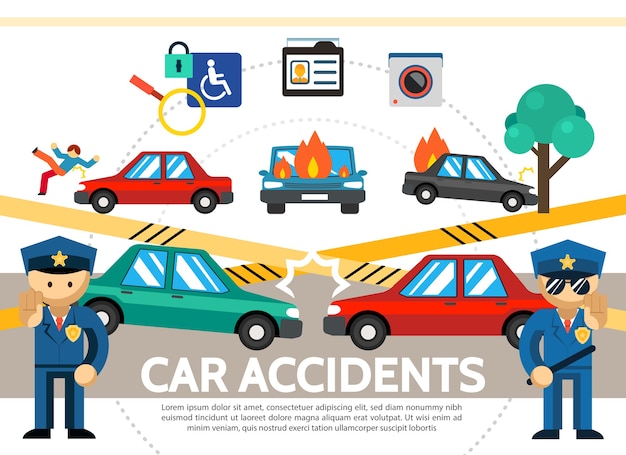Designing Vehicles for Maximum Safety

Steve Rogerson Interviews Arm’s John Ronco about the Company’s Automotive Strategy
Steve Rogerson recently chatted with John Ronco, the general manager of Arm’s embedded and automotive division, to discuss the company’s growing involvement in the automotive industry. Ronco highlighted that Arm is now engaging with car manufacturers more than ever before.
“We’re having more and more conversations with car makers and their top suppliers,” said Ronco. “We need to understand their needs for the next four years. This is similar to what we did in the mobile market, and now we’re applying that approach to cars.”
Ronco finds the automotive sector particularly exciting. “The automotive industry is incredible right now. What used to be a dull space has become a hotbed of interest, especially with the surge in car electronics. Conversations around advanced driver-assistance systems (ADAS) and autonomous vehicles are buzzing, but our involvement spans the full spectrum.”
One major focus for Arm is functional safety, and they’ve been ramping up their efforts in this area. “There isn’t a single right way to ensure a vehicle’s safety,” Ronco explained. “Customers need to design vehicles that are safe, and there are many ways to achieve that. We provide a range of capabilities to help them build secure systems.”
The ISO 26262 functional safety standard plays a critical role in Arm’s operations. “ISO 26262 is integral to our workflow. Initially, it was about providing extra documentation for our clients, but now it’s embedded in our entire design process. This is crucial for us,” Ronco explained.
Part of Arm’s investment includes developing software test libraries (STLs). STLs are key to verifying that processors operate safely and correctly within a running system. These libraries include functions that run within the program code to ensure the various parts of the processor logic are working as intended.
“You can run an STL at startup and during program operation to maintain system safety,” Ronco noted. Their first STL is for the Cortex-R52, a real-time processor designed for functional safety applications.
Additionally, Arm is investing heavily in machine learning. In February, they launched Project Trillium, which includes new, scalable processors designed to enhance machine learning (ML) and neural network functionality. While these technologies currently focus on the mobile market, they aim to enable ML-equipped devices with advanced computing capabilities, such as object detection.
“We’re developing processors specifically for object recognition,” said Ronco. “For instance, a processor might be designed to detect people.”
Lastly, Ronco shared that Softbank’s acquisition of Arm has been highly beneficial. “The takeover has been really positive. Softbank aims for long-term value and hasn’t changed our business model. Instead, they’ve given us the freedom to invest more in long-term growth, particularly in the automotive sector, where patience is essential.”